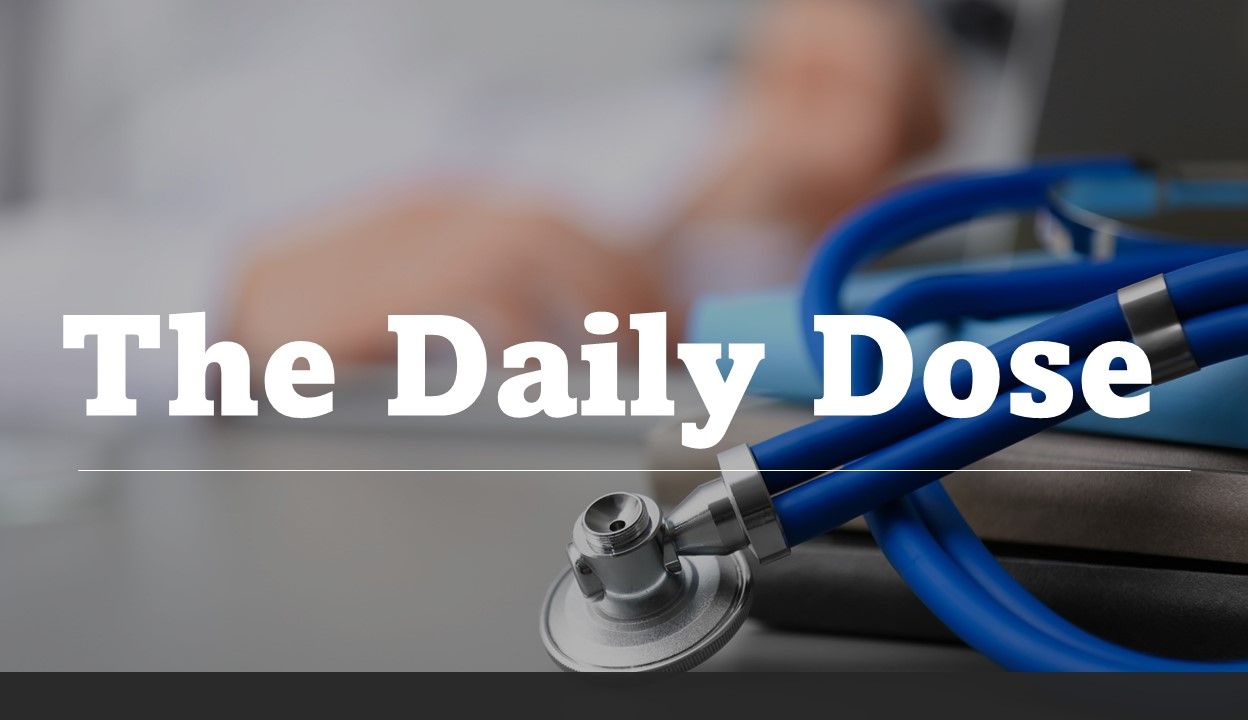- Clinical Technology
- Adult Immunization
- Hepatology
- Pediatric Immunization
- Screening
- Psychiatry
- Allergy
- Women's Health
- Cardiology
- Pediatrics
- Dermatology
- Endocrinology
- Pain Management
- Gastroenterology
- Infectious Disease
- Obesity Medicine
- Rheumatology
- Nephrology
- Neurology
- Pulmonology
Novel DHE Nasal Spray for Acute Treatment of Migraine: Daily Dose
©New Africa/AdobeStock

Patient Care brings primary care clinicians a lot of medical news every day—it’s easy to miss an important study. The Daily Dose provides a concise summary of one of the website's leading stories you may not have seen.
On October 15, 2024, we reported on findings from a study published in the journal CNS Drugs that examined the long-term safety and tolerability of STS101 in the acute treatment of migraine attacks across 12–18 months.
The study
The phase 3 ASCEND clinical trial was an open-label study of STS101, a novel investigational drug–device combination comprising 5.2 mg dihydroergotamine (DHE) powder (6.0 mg DHE mesylate) in a single-use nasal delivery device for the acute treatment of migraine. Enrollment in ASCEND required that participants be aged 18 – 65 years and have a 1-year or longer history of migraine with or without aura and onset of migraine before age 50 years. Eligible participants experienced 4 – 12 migraine attacks per month and had fewer than 15 headache days per month during each of the 3 months before ASCEND study screening.
During the study, after training on how to use the STS101 device, participants could self-administer STS101 5.2 mg as needed for up to 2 doses within 24 hours to treat a single migraine and were permitted up to 12 doses per month. Participants were permitted to use rescue medications 2 hours after an STS101 dose and recorded use for 48 hours after STS101 administration. Use of some rescue medications, among them other DHE products, gepants, and cannabis, was restricted 24 hours before and after taking the study medication.
Safety and tolerability evaluations included physical and nasal examinations, vital signs, laboratory tests, and treatment-emergent adverse event (TEAE) assessments. Also, participants used an electronic diary to record exploratory efficacy parameters, including intensity of headache pain and associated migraine symptoms (photophobia, phonophobia, and nausea).They responded to impression questionnaires at study months 3, 6, and 12, focused on ease of use, consistency of effect, likelihood of use, and global impression of treatment.
The findings
The final cohort numbered 344 participants who used 8234 doses of study medication to treat a total of 6610 migraine attacks.
The most common participant-reported TEAEs were nasal discomfort (11.3%), dysgeusia (7.6%), nasal congestion (5.2%), nasopharyngitis (5.2%), and nausea (4.9%). The majority of these were either mild or moderate. Just over 10% (14.3%) of the 6610 migraine attacks were associated with a TAEA.
A total of 25.9% of participants experienced a TEAE considered related to study treatment, with nasal discomfort (11.0%), dysgeusia (7.6%) and rhinalgia (4.7%), nasal congestion (4.4%) and rhinorrhea (2.6%). Severe TEAEs were reported for only 0.2% of treated attacks.
In terms of patient-reported efficacy, investigators reported that STS101 was associated with rapid onset of pain freedom (36.6%, 67.1%, and 85.5% of treated attacks at 2-, 4-, and 24-hours post-dose, respectively), freedom form MBS (54.3%, 79.6%, 91.3%), and headache relief (66.5%, 89.1%, and 94.3%). The majority of participants rated the treatment results as “good or very good,” and “easy or very easy” to use at months 3, 6, and 12.
Authors' comment
"The repeated long-term, as-needed use of STS101 was well tolerated, demonstrating a favorable safety profile in the acute treatment of migraine attacks in appropriately indicated adults. Exploratory efficacy evaluations indicated beneficial effects, which warrant further evaluation."
Related Content
